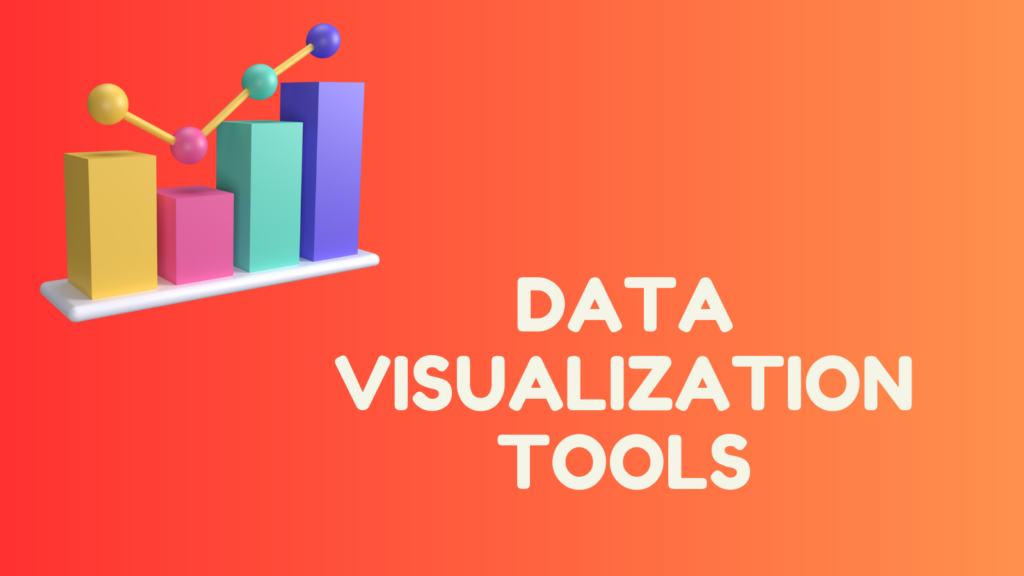Data visualization plays a crucial role in transforming raw data into actionable insights. As businesses gather vast amounts of data about their products and customer interactions, presenting this information in a clear and understandable way becomes paramount. Data visualization simplifies complex data and empowers stakeholders to make informed decisions. In this article, we will explore the significance of visualizing product analytics data, the tools available for creating compelling visualizations, and best practices to enhance the impact of data visualization in product analytics.
The Significance of Data Visualization in Product Analytics
Data visualization goes beyond mere aesthetics; it is a powerful communication tool that conveys the story behind the data. In product analytics, visualizations provide several key benefits:
- Clear Insights: Visualizations simplify complex datasets, making it easier for stakeholders to understand patterns, trends, and relationships between variables. Instead of analyzing rows of numbers, stakeholders can grasp the data’s meaning at a glance.
- Quick Decision-Making: With visualizations, stakeholders can quickly identify areas that require attention or improvement, enabling faster decision-making processes. This agility is particularly valuable in a fast-paced business environment.
- Effective Communication: Visualizations transcend language barriers and communicate data insights in a universally understandable manner. They facilitate discussions between different teams, helping everyone get on the same page.
- Identification of Opportunities and Challenges: Visualizations often reveal hidden opportunities and challenges that might not be evident in raw data. This empowers businesses to capitalize on strengths and address weaknesses.
Tools for Creating Compelling Visualizations
Several data visualization tools are available to product analytics teams, catering to diverse needs and expertise levels. Some popular tools include:
- Tableau: Tableau is a powerful data visualization platform that offers a user-friendly interface and a wide range of visualization options. It supports various data sources and allows for interactive dashboards and reports.
- Power BI: Microsoft Power BI is another popular tool for data visualization, especially for businesses already using Microsoft products. It offers robust integration with Microsoft services and enables seamless sharing of visualizations across teams.
- Google Data Studio: For businesses leveraging Google Analytics and other Google services, Google Data Studio (now Looker Studio) is a convenient choice. It allows for the creation of interactive reports and dashboards using data from various sources.
- D3.js: For developers and data enthusiasts, D3.js is a JavaScript library that offers unparalleled flexibility and customization options. It provides full control over every aspect of data visualization.
Best Practices for Effective Data Visualization in Product Analytics
To maximize the impact of data visualization in product analytics, consider the following best practices:
- Understand Your Audience: Tailor visualizations to the intended audience. Executives may prefer high-level dashboards with key performance indicators (KPIs), while data analysts may require more granular visualizations for in-depth exploration.
- Choose the Right Visualization Type: Select visualization types that best represent the data and insights you want to convey. Common types include line charts, bar charts, pie charts, scatter plots, and heatmaps.
- Keep It Simple: Avoid clutter and unnecessary complexity in visualizations. Focus on highlighting the most critical information and avoid distracting elements that might hinder understanding.
- Use Interactivity Wisely: Interactivity can enhance user engagement but should serve a purpose. Ensure that interactive elements facilitate exploration and deeper analysis without overwhelming users.
- Tell a Story: Arrange visualizations in a logical sequence to create a coherent narrative. Guide users through the data to lead them to meaningful insights and conclusions.
- Ensure Accessibility: Ensure visualizations are accessible to all users, including those with visual impairments. Use color palettes and contrast that accommodate different viewing conditions.
- Update Visualizations in Real-Time: Real-time data updates can be invaluable in a dynamic business environment. Leverage tools that support real-time data streaming and refresh visualizations accordingly.
Conclusion
Data visualization is a game-changer in the world of product analytics. By translating raw data into compelling visual representations, businesses can gain clear insights, make informed decisions, and communicate effectively across teams. The right data visualization tools, combined with best practices, empower organizations to unlock the full potential of their product analytics data. As businesses continue to embrace data-driven decision-making, visualization will remain an essential tool to enhance understanding, drive innovation, and stay ahead in the competitive landscape.


